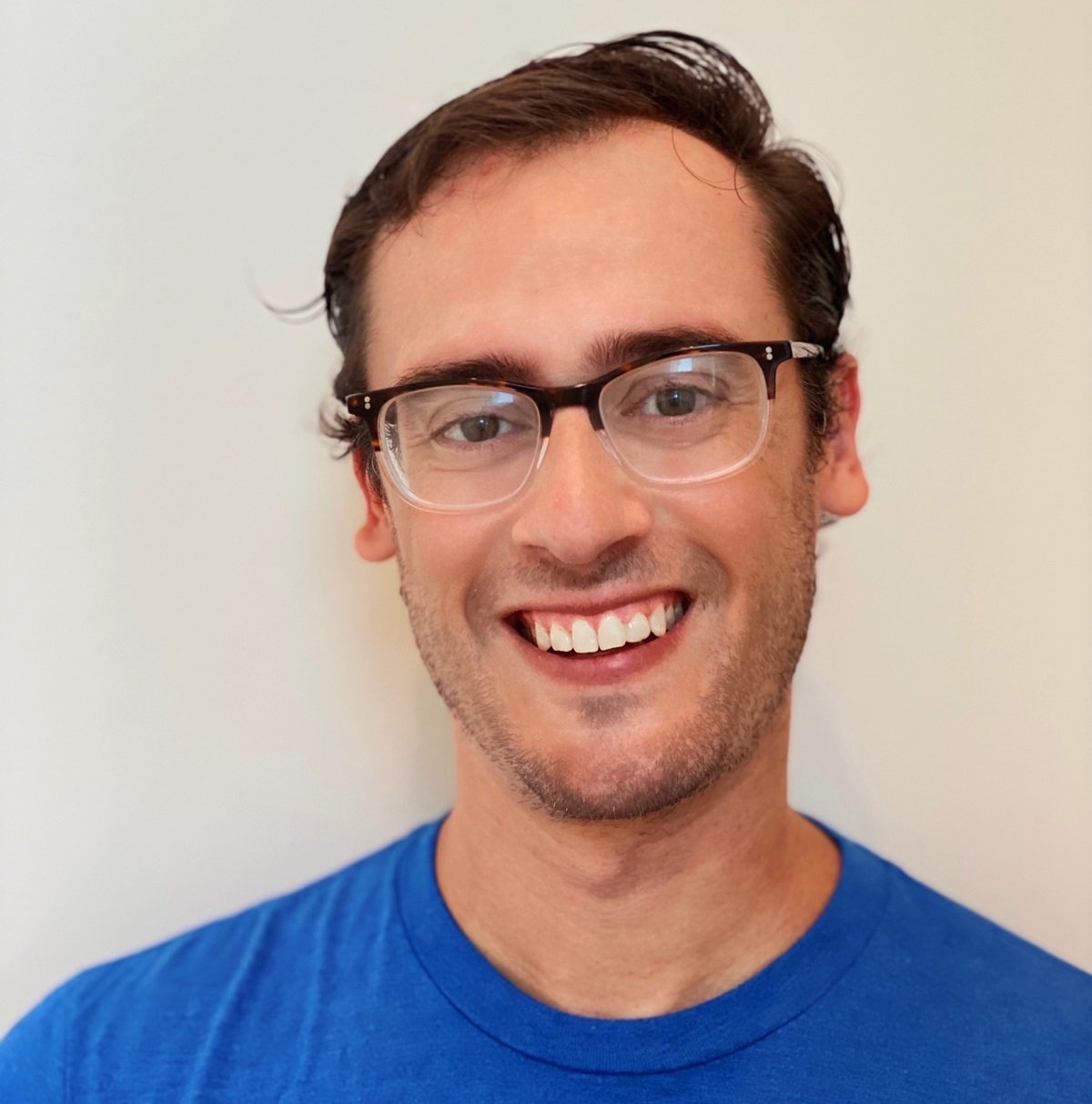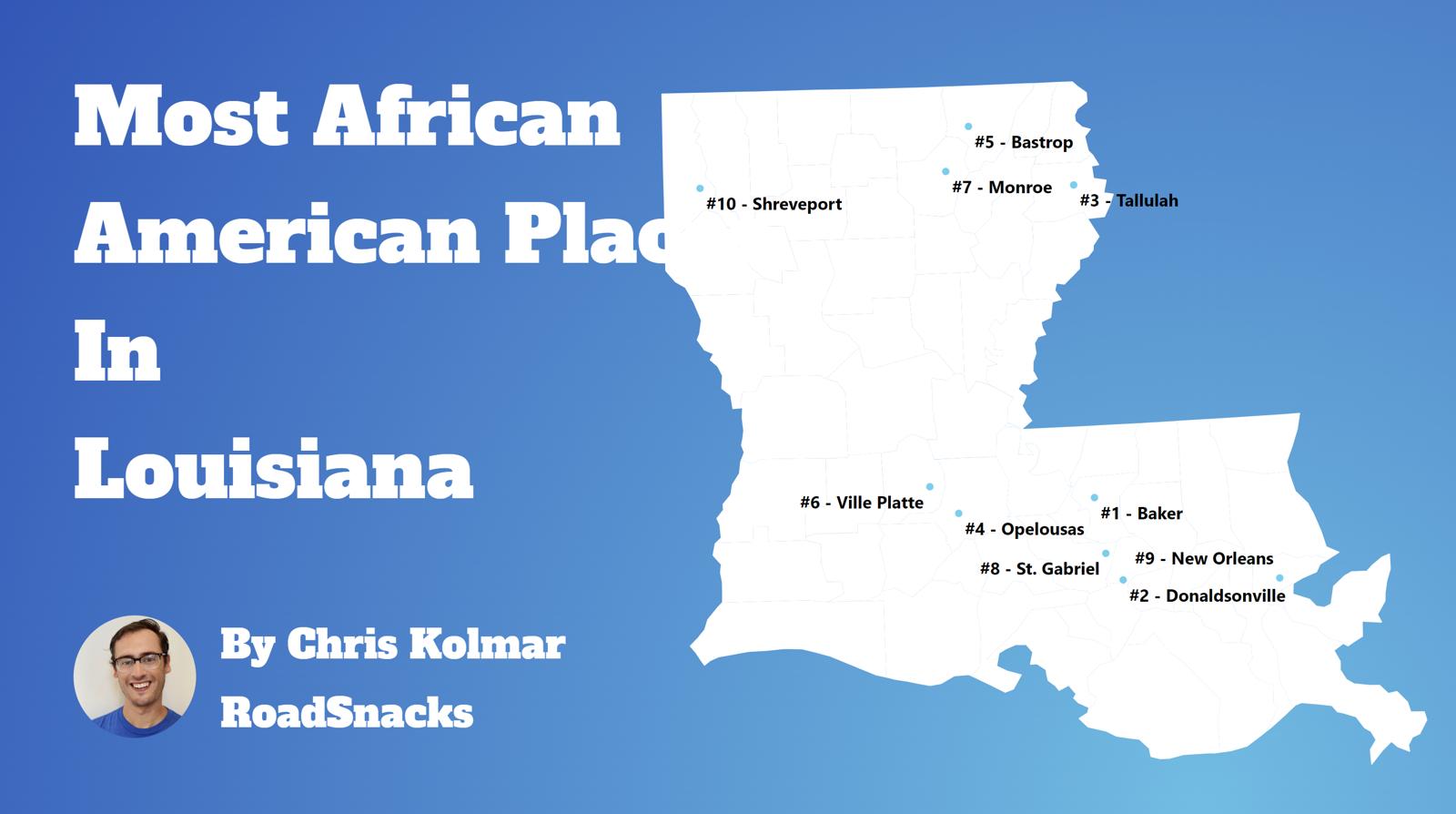Most African American cities in Louisiana research summary. We used Saturday Night Science to analyze Louisiana’s most recent Census data to determine the blackest cities in Louisiana based on the percentage of Black residents. Here are the results of our analysis:
-
The city with the largest African American population in Louisiana is Baker based on the most recent Census data.
-
Baker is 87.19% Black.
-
The least African American city in Louisiana is Harahan.
-
Harahan is 1.86% Black.
-
Louisiana is 31.4% Black.
-
Louisiana is the 2nd blackest state in the United States.
Table Of Contents: Top Ten | Methodology | Summary | Table
The Black community is one of the fastest-growing communities in America this decade.
Roughly 42 million people identifying as Black or African American live in the United States, making up 12% of the total population. According to the most recent American Community Survey, the Black population in Louisiana is 1,456,107 – at 31.4% of the total population of Louisiana.
The percentage growth of Blacks in America is the third largest percentage change for any race according to the Census’s race and ethnicity definition. Most scholars and historians agree that increasing diversity in America is a good thing.
We agree.
But how has the increase in the black population impacted Louisiana? Which cities and towns in Louisiana have seen the greatest increase in its Black population?
We broke down the most recent census data to determine the cities in Louisiana with the largest African American population in 2024:
Most African American Places In Louisiana
What’s the blackest city in Louisiana? The city with the largest Black population in Louisiana for 2024 is Baker. See if Baker ranked as one of the most african american places in America.
And if you already knew these places were Black, check out the best places to live in Louisiana or the most diverse places in Louisiana.
The 10 Blackest Cities In Louisiana For 2024
1. Baker
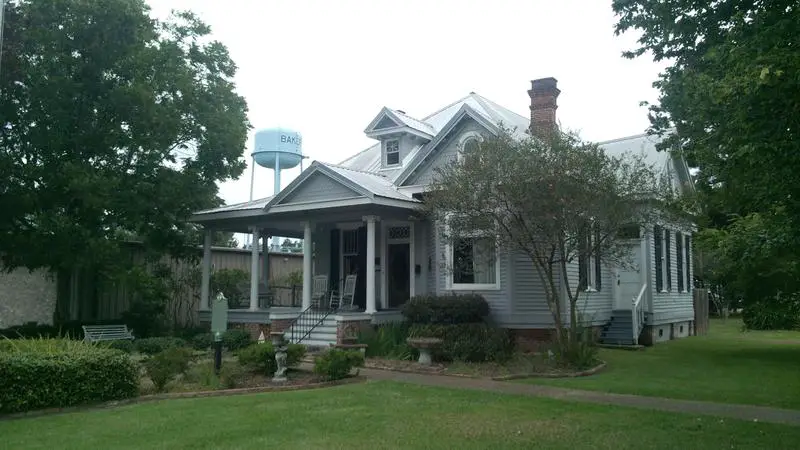
/10
Population: 12,463
% African American: 87.19%
# Of African American Residents: 10,867
Percent Change Since 2010: 6.15%
More on Baker: Data | Cost Of Living
2. Donaldsonville
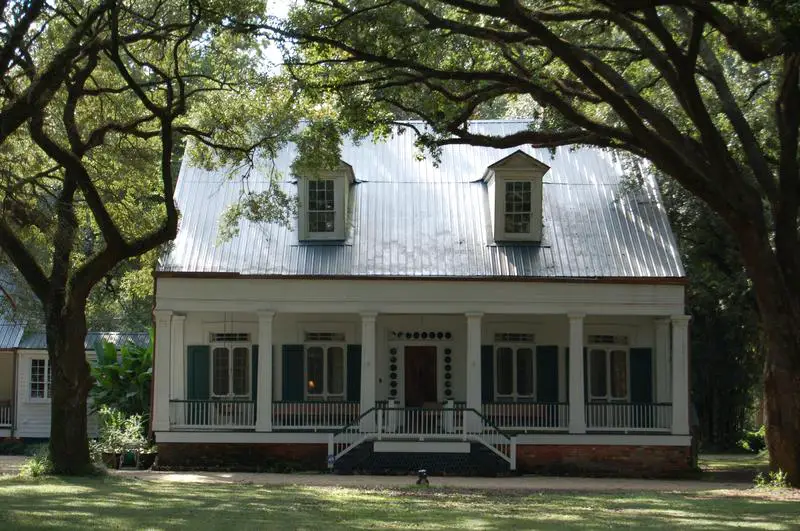
/10
Population: 6,799
% African American: 84.78%
# Of African American Residents: 5,764
Percent Change Since 2010: -3.42%
More on Donaldsonville: Data | Cost Of Living
3. Tallulah
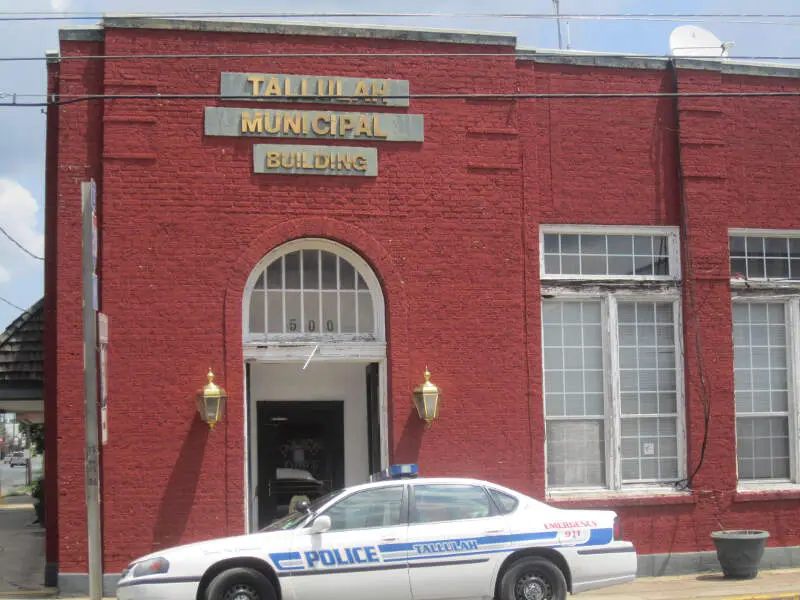
/10
Population: 6,290
% African American: 80.87%
# Of African American Residents: 5,087
Percent Change Since 2010: -9.79%
More on Tallulah: Data | Cost Of Living
4. Opelousas
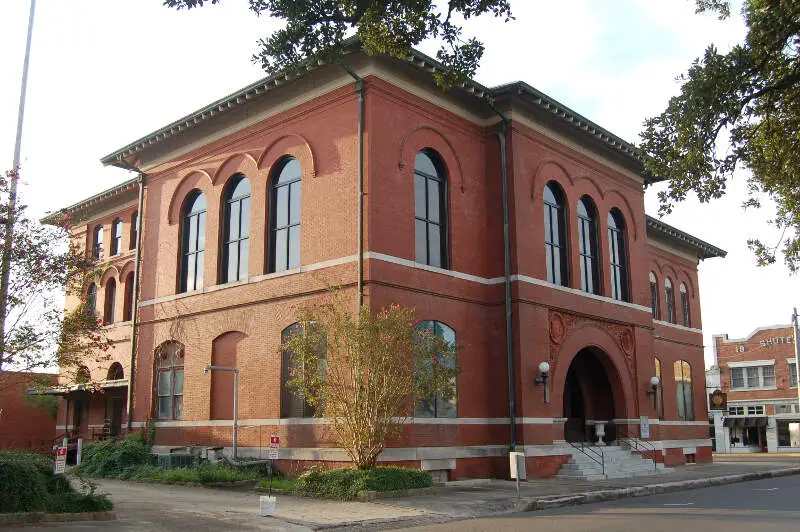
/10
Population: 15,810
% African American: 78.03%
# Of African American Residents: 12,336
Percent Change Since 2010: -7.09%
More on Opelousas: Data | Cost Of Living
5. Bastrop
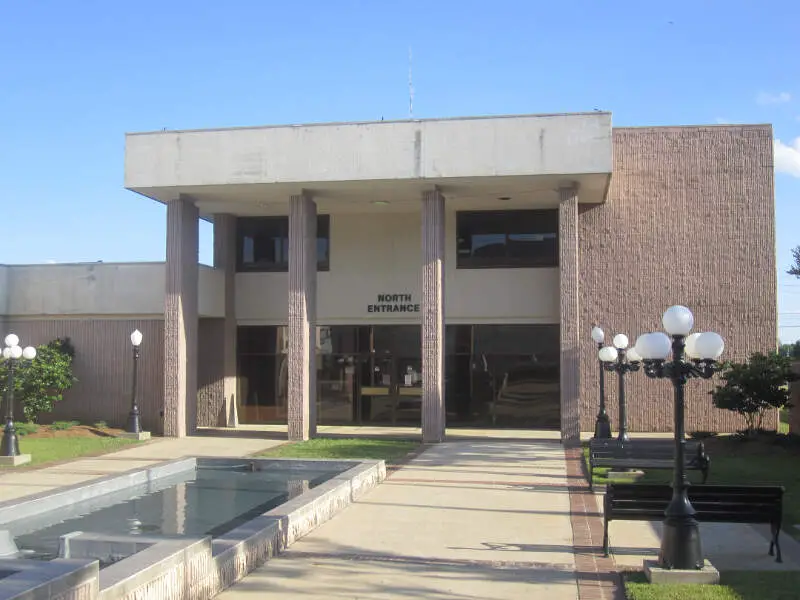
/10
Population: 9,623
% African American: 77.54%
# Of African American Residents: 7,462
Percent Change Since 2010: -11.92%
More on Bastrop: Data | Cost Of Living
6. Ville Platte
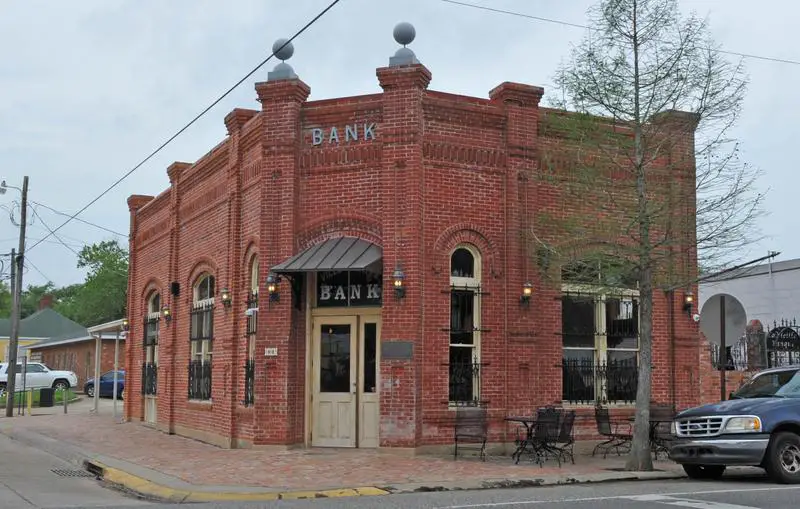
/10
Population: 6,364
% African American: 68.1%
# Of African American Residents: 4,334
Percent Change Since 2010: -14.75%
More on Ville Platte: Data | Cost Of Living
7. Monroe
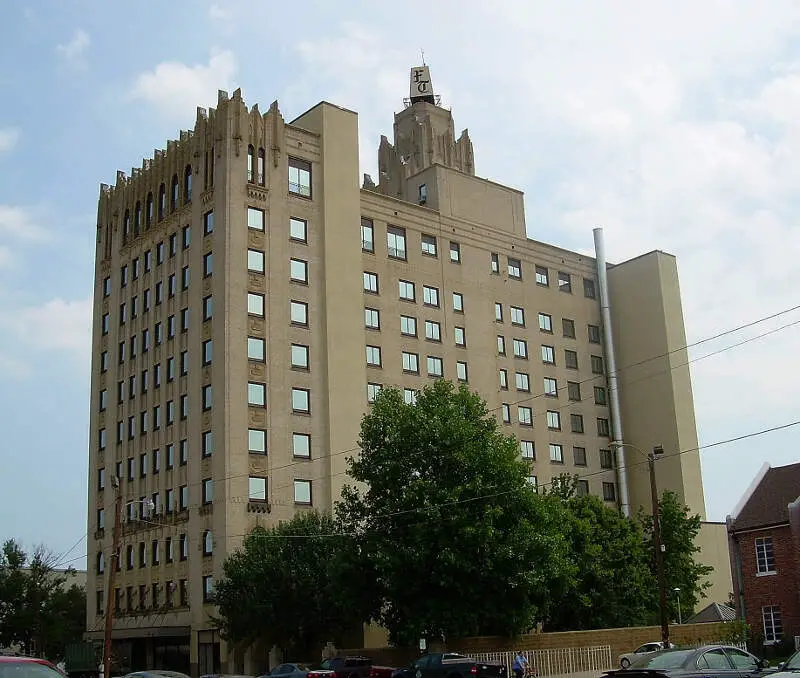
/10
Population: 47,631
% African American: 61.05%
# Of African American Residents: 29,079
Percent Change Since 2010: -9.06%
More on Monroe: Data | Cost Of Living
8. St. Gabriel
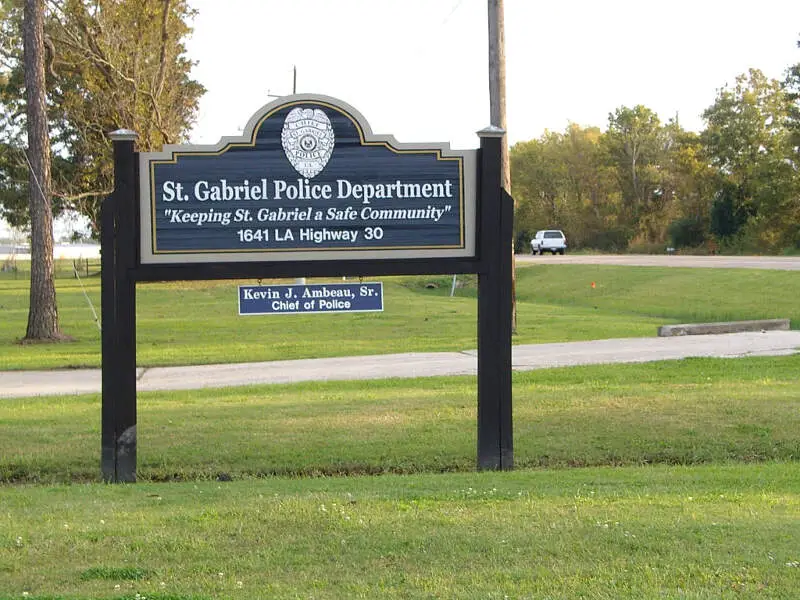
/10
Population: 6,526
% African American: 57.6%
# Of African American Residents: 3,759
Percent Change Since 2010: -5.31%
More on St. Gabriel: Data | Cost Of Living
9. New Orleans
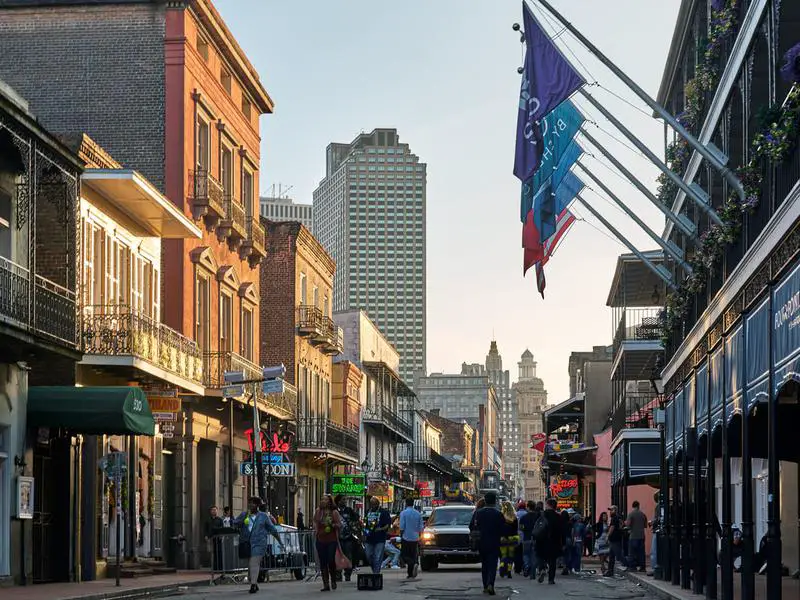
/10
Population: 380,408
% African American: 56.67%
# Of African American Residents: 215,595
Percent Change Since 2010: 22.85%
More on New Orleans: Data | Cost Of Living
10. Shreveport
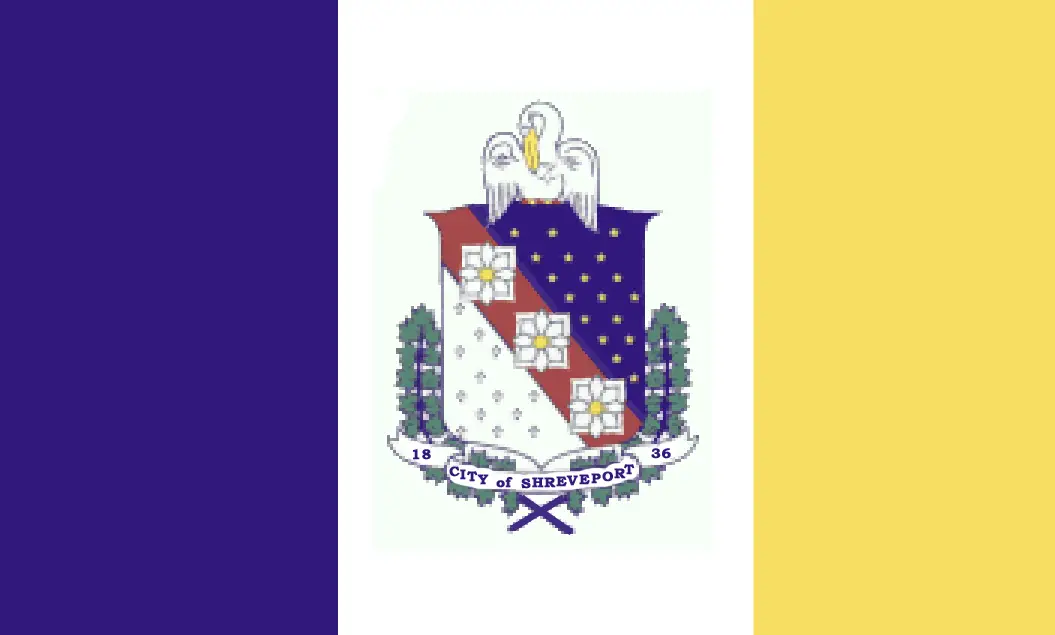
/10
Population: 186,183
% African American: 56.53%
# Of African American Residents: 105,251
Percent Change Since 2010: -1.17%
More on Shreveport: Data | Cost Of Living
Methodology: How We Determined The Cities In Louisiana With The Largest Black Population For 2024
We still believe in the accuracy of data — especially from the Census. So that’s where we went to get the race breakdown across Louisiana.
That leads us to the Census’s most recently available data, the 2018-2022 American Community Survey data from the US Census.
Specifically, we looked at table B03002: Hispanic OR LATINO ORIGIN BY RACE. Here are the category names as defined by the Census:
- Hispanic or Latino
- White alone*
- Black or African American alone*
- American Indian and Alaska Native alone*
- Asian alone*
- Native Hawaiian and Other Pacific Islander alone*
- Some other race alone*
- Two or more races*
Our particular column of interest was the number of people who identified as Black or African American.
We limited our analysis to non-CDPs with a population greater than 5,000 people in Louisiana. That left us with 58 cities.
We then calculated the percentage of residents that are Black or African American. The percentages ranked from 87.2% to 1.9%.
Finally, we ranked each city based on the percentage of the Black population, with a higher score being more Black than a lower score. Baker took the distinction of being the most Black, while Harahan was the least African American city.
We updated this article for 2024. This is our tenth time ranking the cities in Louisiana with the largest African American population.
Read on for more information on how the cities in Louisiana ranked by population of African American residents or, for a more general take on diversity in America, head over to our ranking of the most diverse cities in America.
Summary: Black Populations Across Louisiana
If you’re looking for a breakdown of African American populations across Louisiana according to the most recent data, this is an accurate list.
The blackest cities in Louisiana are Baker, Donaldsonville, Tallulah, Opelousas, Bastrop, Ville Platte, Monroe, St. Gabriel, New Orleans, and Shreveport.
If you’re curious enough, here are the least African American places in Louisiana:
- Harahan
- Mandeville
- Walker
For more Louisiana reading, check out:
- Worst Places To Live In Louisiana
- Best Places To Live In Louisiana
- Best Places To Raise A Family In Louisiana
African American Population By City In Louisiana
| Rank | City | Population | African American Population | % African American |
|---|---|---|---|---|
| 1 | Baker | 12,463 | 10,867 | 87.19% |
| 2 | Donaldsonville | 6,799 | 5,764 | 84.78% |
| 3 | Tallulah | 6,290 | 5,087 | 80.87% |
| 4 | Opelousas | 15,810 | 12,336 | 78.03% |
| 5 | Bastrop | 9,623 | 7,462 | 77.54% |
| 6 | Ville Platte | 6,364 | 4,334 | 68.1% |
| 7 | Monroe | 47,631 | 29,079 | 61.05% |
| 8 | St. Gabriel | 6,526 | 3,759 | 57.6% |
| 9 | New Orleans | 380,408 | 215,595 | 56.67% |
| 10 | Shreveport | 186,183 | 105,251 | 56.53% |
| 11 | Natchitoches | 17,908 | 10,029 | 56.0% |
| 12 | Alexandria | 45,133 | 24,971 | 55.33% |
| 13 | St. Martinville | 5,447 | 2,975 | 54.62% |
| 14 | Baton Rouge | 225,500 | 118,256 | 52.44% |
| 15 | Plaquemine | 6,218 | 3,172 | 51.01% |
| 16 | Franklin | 6,666 | 3,369 | 50.54% |
| 17 | Carencro | 10,194 | 5,125 | 50.27% |
| 18 | Minden | 11,789 | 5,813 | 49.31% |
| 19 | Zachary | 19,401 | 9,493 | 48.93% |
| 20 | Abbeville | 11,213 | 5,145 | 45.88% |
| 21 | Lake Charles | 82,430 | 37,725 | 45.77% |
| 22 | Gonzales | 12,356 | 5,623 | 45.51% |
| 23 | Bogalusa | 10,689 | 4,789 | 44.8% |
| 24 | Rayne | 7,223 | 3,214 | 44.5% |
| 25 | Hammond | 20,239 | 8,974 | 44.34% |
| 26 | New Iberia | 28,363 | 12,572 | 44.33% |
| 27 | West Monroe | 12,987 | 5,542 | 42.67% |
| 28 | Ruston | 22,282 | 9,357 | 41.99% |
| 29 | Breaux Bridge | 7,544 | 3,115 | 41.29% |
| 30 | Patterson | 5,868 | 2,403 | 40.95% |
| 31 | Eunice | 9,440 | 3,429 | 36.32% |
| 32 | Leesville | 5,681 | 2,050 | 36.09% |
| 33 | Deridder | 9,850 | 3,042 | 30.88% |
| 34 | Pineville | 14,357 | 4,351 | 30.31% |
| 35 | Marksville | 5,034 | 1,518 | 30.15% |
| 36 | Gretna | 17,640 | 5,193 | 29.44% |
| 37 | Lafayette | 121,706 | 35,366 | 29.06% |
| 38 | Ponchatoula | 7,805 | 2,215 | 28.38% |
| 39 | Bossier City | 62,971 | 17,475 | 27.75% |
| 40 | Oakdale | 6,701 | 1,852 | 27.64% |
| 41 | Crowley | 11,726 | 3,212 | 27.39% |
| 42 | Thibodaux | 15,738 | 4,270 | 27.13% |
| 43 | Jennings | 9,819 | 2,457 | 25.02% |
| 44 | Westwego | 8,466 | 2,003 | 23.66% |
| 45 | Houma | 33,094 | 6,764 | 20.44% |
| 46 | Broussard | 13,322 | 2,710 | 20.34% |
| 47 | Slidell | 28,690 | 5,594 | 19.5% |
| 48 | Kenner | 65,785 | 11,793 | 17.93% |
| 49 | Morgan City | 11,373 | 1,957 | 17.21% |
| 50 | Covington | 11,444 | 1,590 | 13.89% |
| 51 | Denham Springs | 9,393 | 1,191 | 12.68% |
| 52 | Scott | 8,271 | 987 | 11.93% |
| 53 | Youngsville | 15,990 | 1,762 | 11.02% |
| 54 | Central | 29,518 | 2,476 | 8.39% |
| 55 | Sulphur | 21,286 | 1,776 | 8.34% |
| 56 | Walker | 6,359 | 514 | 8.08% |
| 57 | Mandeville | 13,194 | 292 | 2.21% |
| 58 | Harahan | 9,043 | 168 | 1.86% |
